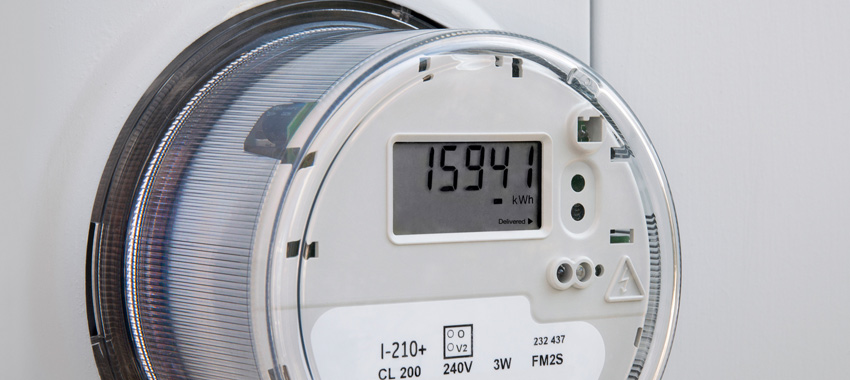Identify the Tariff category you are belong to and understand how your electricity bill is calculated.

Identify the Tariff category you are belong to and understand how your electricity bill is calculated.

There are two types of domestic electricity connections
The electricity connection that chargers to the units used (Block)
Consumption blocks are based on a 30 day billing period and the number of units in a block would be prorated according to the number of dates in each billing period.
Domestic Low Users (if monthly consumption is 60 unites per month or less than 60 units)
Consumption per month(kWh) |
Energy Charge (LKR/kWh) |
Fixed Charge(LKR/month) |
| 0-30 | 2.50 | 30 |
| 31-60 | 4.85 | 60 |
Ex:
If you have used 28 units of electricity
If you have used 45 units of electricity
Domestic-Users over 60 units per month
Consumption per month(kWh)
|
Energy Charge (LKR/kWh)
|
Fixed Charge(LKR/month)
|
| 0-60 | 7.85 | 00 |
| 61-90 | 10.00 | 90.00 |
| 91-120 | 27.75 | 480.00 |
| 121-180 | 32.00 | 480.00 |
Ex:
How to calculate the bill if the Meter Reading Officer arrive after 30 days of the date that to be calculated the bill and what effect the bill will incurred due to the delay of arrival
Ex: If the Meter Reading Officer arrive after 35 days of the billing date and the meter records a 95 units
In a situation mentioned above your bill will be calculated
Since 90 units are used, you will not be consumed between 90-120
The ultimate objective of the tariffs methodology is to identify the appropriate cost that to be charge from the consumer as tariffs. Since there are three major components in the electricity industry aggregate cost of all three components is the cost that consumer has to be paid through tariffs. The next question arises in case of cost estimation is “what Cost” and “How much” cost are to be amalgamated into the Tariffs. The two questions identified above the “What Cost” and “How Much” is basically submitted by the license as a tariffs filing which identified in terms of provisions in the tariffs methodology. Such submissions scrutinizes by the regulator in view of identifying the prudent cost. How does the regulator decide which cost is prudent which is not? One of the most powerful tool that has been built into the tariff determination is that the “Public Consultation”. The tariffs filling prepared in line with the tariff methodology is available for public consultation where any stakeholder can comments on the tariffs filling submitted by the licensee. This is a unique opportunity available for general public to comment on proposed tariffs which is being paid by them. The discretionary power vest with regulator is governed through public consultation.
Place Following Links